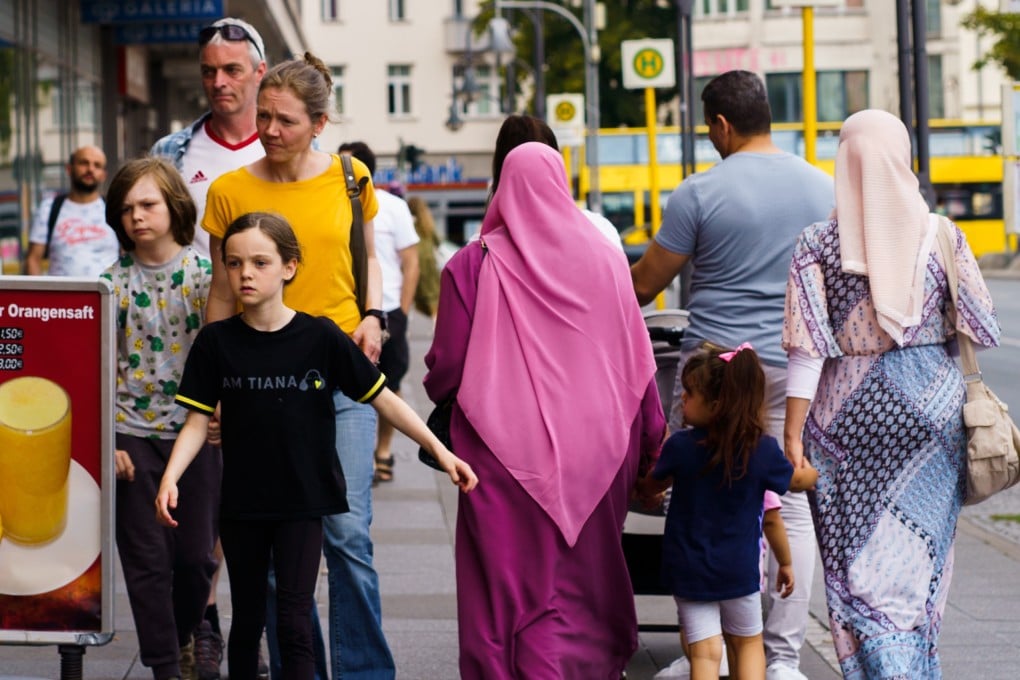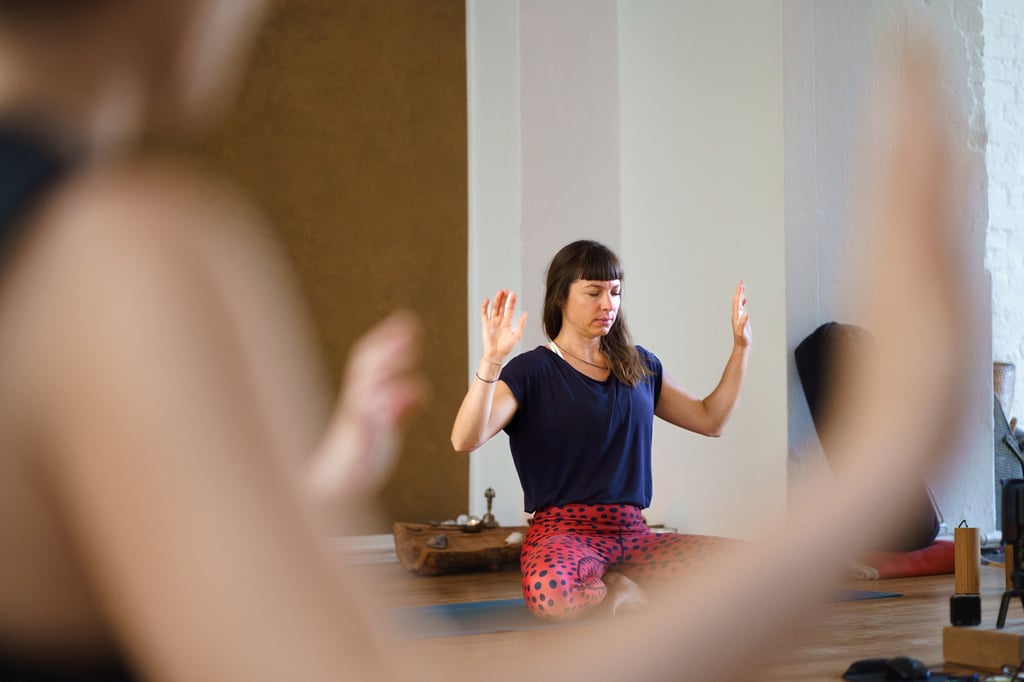Berlin’s ‘Arab Street’ received a facelift, now its Middle Eastern community could be displaced by high property prices
- Sonnenallee, known as Berlin’s ‘Arab Street’ has been home to Middle Eastern communities since the 1960s – well before Syrian refugees arrived in 2015
- Middle Eastern businesses and residents could soon be forced to leave Sonnenallee as rents soar due to gentrification

Sonnenallee, also known as Sun Alley, is a teeming thoroughfare stretching five kilometres through the district of Neukölln, and has been dubbed Berlin’s “Arab Street”. It is where you can see bearded men convene outside hookah lounges while hijab-wearing women enter female-only beauty parlours and boutiques.

But today, there is a yoga studio beside a Middle-Eastern pastry shop, a cafe connecting to a neighbouring falafel joint, and a bar two doors from a halal butcher. Gentrification is under way in Sonnenallee.
“With new residents, the street has become more vibrant. There have been new start-ups and more shops in recent years,” said Faye Preusse, project manager in the business development unit of the Neukölln district office.

The street has become increasingly chic and popular, with shops taking on a more contemporary and modern design, said tour guide Nikolaus Schrot. “The number of these [modern] shops have been growing rapidly in the last year,” he added.